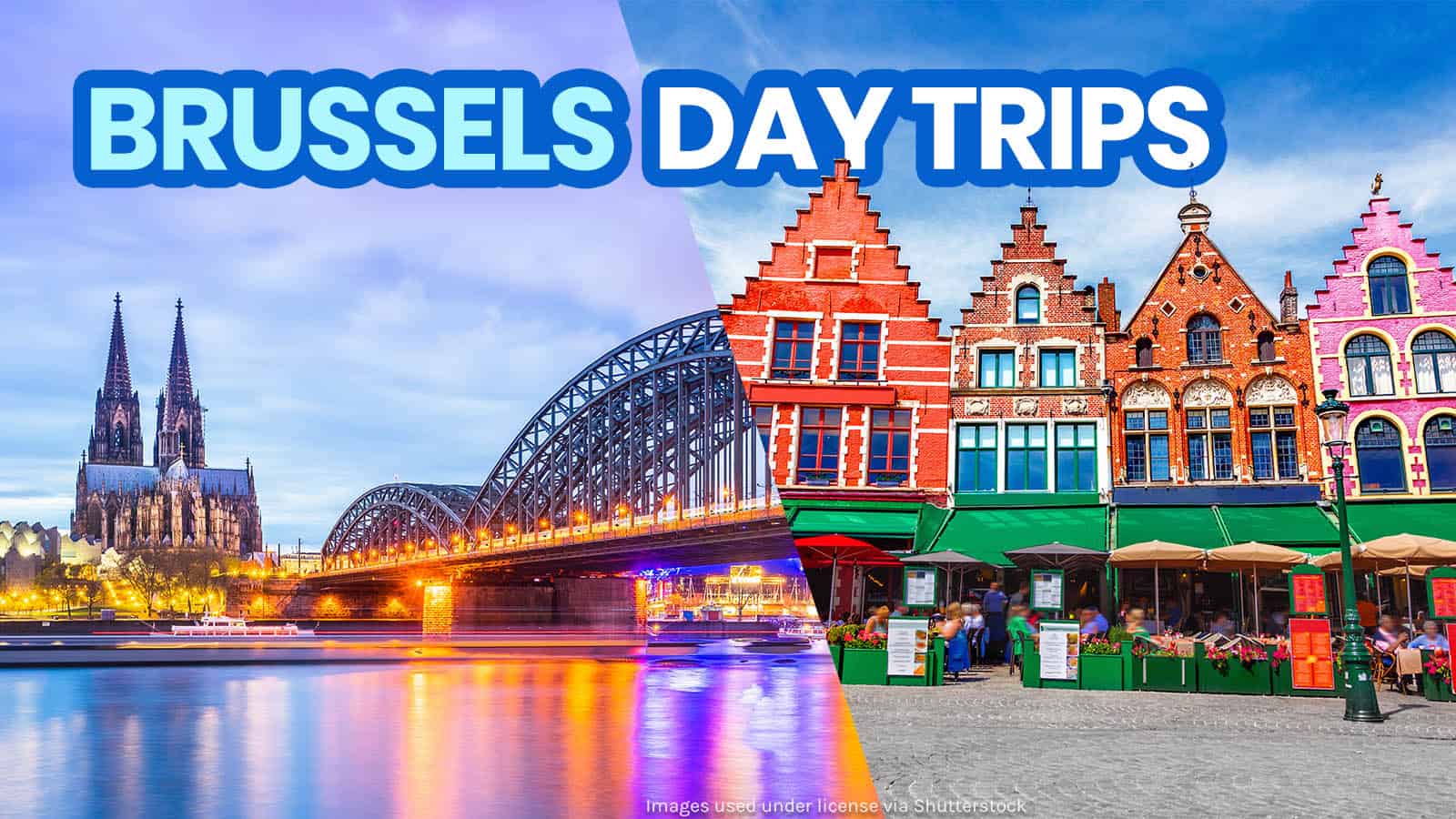As the capital of Belgium and one of the de facto capital cities of the European Union, Brussels has an efficient and well-developed transportation system. From here, it’s easy to simply hop on the train or bus and travel to other destinations not just in Belgium but also neighboring countries like France, Germany, Luxembourg, and the Netherlands.
If you are making Brussels your base, here are some of the destinations you can visit on a day trip. You can either pull a D-I-Y or join group tours from Brussels.
If you wish to explore independently, your jump off point is either the Brussels Central (Brussels Centrale), Brussels South (Brussels Midi/Zuid), or Brussels North (Brussels Gare du Nord). These railway stations have dedicated bus stations/terminal adjacent to them and transport links such as the metro, taxi, and local bus.
If you prefer a more relaxed journey and you don’t want to worry about the getting-there part, consider joining a group tour instead. These day tours are usually led by knowledgeable guides, who are eager to share more tips and insights about the attractions you’re visiting. We’re including links in the items below when applicable so you can check tour rates or reserve a slot in advance.
Bruges
About 100 kilometers northwest of Brussels lies the port city of Bruges, the capital of West Flanders in the Flemish region. Its historic city center is almost entirely circled by canals, connecting the city center to the seaside resort and port of Zeebrugge via Baudouin Canal, before spilling into the North Sea.
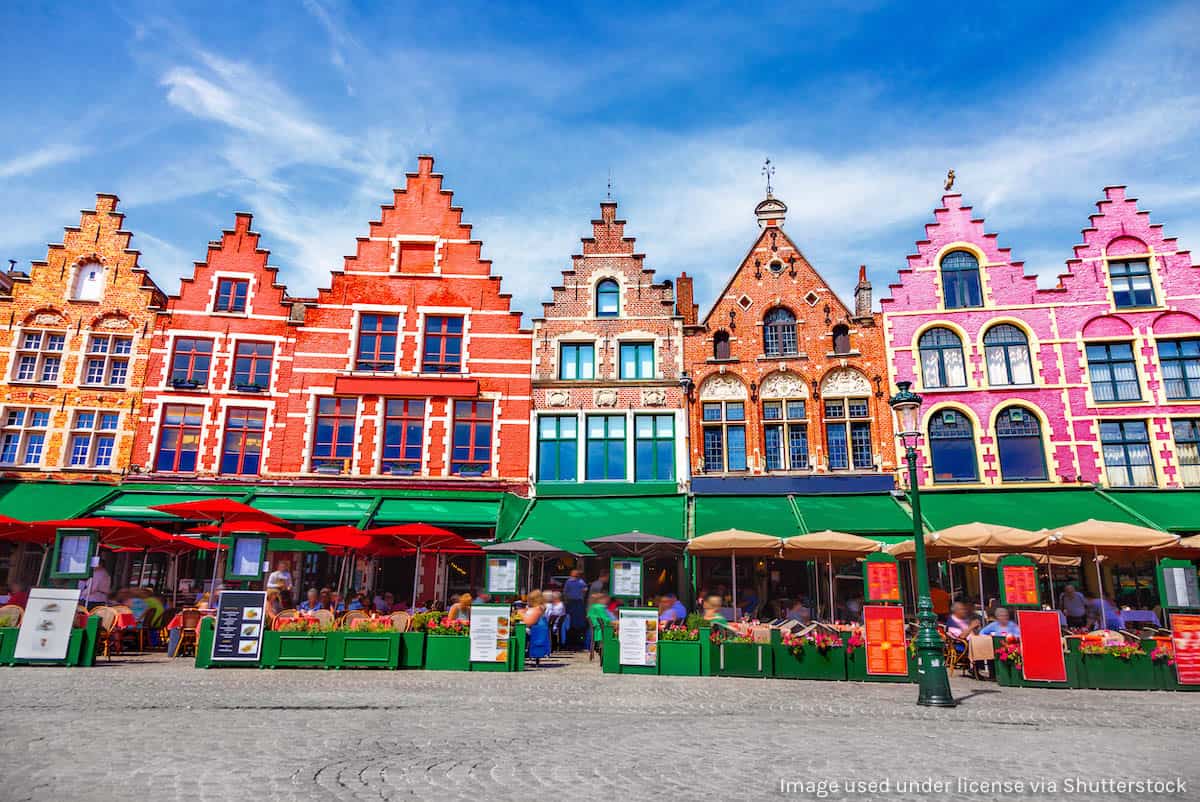
The oval-shaped old town was declared a UNESCO World Heritage Site in 2000. Aside from the canals, the city is known for its well-preserved medieval structures and cobbled streets. The Burg Square and the Markt Square are adorned with historic landmarks. These two squares are not far from each other, linked only by Breidelstraat Street.
Popular Attractions: Burg Square, Markt Square, Burges City Hall (Stadhuis), Bruges Belfry, Church of Our Lady, the old city gateways (Smedenpoort, Gentpoort, Ezelpoort, and Kruispoort), Minnewaterpark (Lake of Love), the numerous museums, and the canal views.
Getting There: From Brussels Midi (South) Station or Central Station, there are direct train routes to Bruges Station. The travel time is about an hour. The historical center is just a short walk from Bruges Station.
If you want a hassle-free trip where you can also gather more information about the attractions in Bruges, you can book a guided day tour to Bruges from Brussels. Some packages combine Bruges and Ghent in one tour. If you want to visit both, you can follow the link below. This includes roundtrip transfers.
Ghent
Another port city northwest of Brussels is Ghent, the capital of East Flanders. It is the third-largest city in Belgium with its historic center converted into a pedestrian-only zone.
Aside from the storied landmarks and architectural wonders, Ghent also is a major port hub for many international companies and an educational center with a huge student population. Another popular event celebrated in Ghent is the annual ten-day Ghent Festival, held in July.
Popular Attractions: Gothic Saint Bavo Cathedral, towering at 89 meters, St. Nicholas Church, the Ghent Bell Tower between the aforementioned churches, the Gravensteen Castle, Campo Santo, the Graslei Old Harbor and the restaurants in the area, the museums, and the cuisines such as mastel, waterzooi, and cuberdon.
Getting There: From Brussels Midi (South) Station or Central Station, there are direct train routes to Gent-Sint-Pieters Station, the city’s main railway station. The travel time is about 30 minutes.
If you want to visit both Bruges and Ghent, you can book this day tour from Brussels in advance online! This is inclusive of a multilingual guide and roundtrip transfers.
✅ CHECK RATES OR RESERVE HERE!
Antwerp
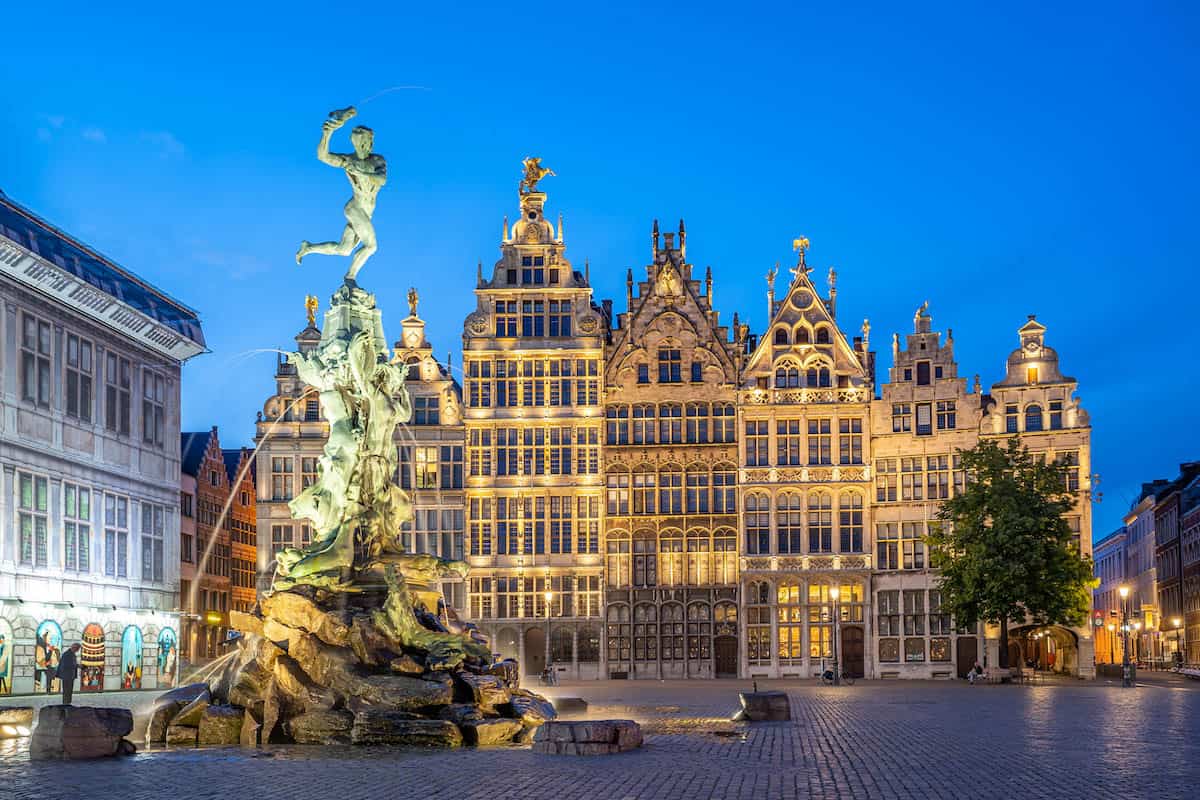
Situated about 40 kilometers north of Brussels, Antwerp is also an important port city. Its port is the second largest in Europe and one of the biggest in the world.
Its old town dates back to the Medieval period and is home to the city’s historic sites. Although most of the ancient fortifications and structures are gone now, some of the ruins are still present. Antwerp’s Diamond District is equally renowned for its several diamond traders and shops.
Popular Attractions: Grote Markt and the Flemish Renaissance-style buildings, Antwerp City Hall, the Ruben’s House, Antwerp Central Station, Rubenshuis, Cathedral of Our Lady of Antwerp, St. James’ Church, Palace of Justice, Museum aan de Stroom, Nello & Patrache Statue, Ingang Sint-Annatunnel – Voetgangerstunnel, and Zurenborg neighborhood
Getting There: From Brussels Midi (South) Station or Central Station, take the direct train route to Antwerp Central Station. The travel time is 30-50 minutes.
If you want to join a guided tour for hassle-free roundtrip transfers, you can book Antwerp Half-Day Tour from Brussels by following the link below. This also covers a multilingual guide.
Leuven
Located east of Brussels is Leuven, the largest city and the capital of the Flemish Brabant province. It is known for its huge student population and its reputable educational institutions, particularly Katholieke Universiteit Leuven (KL Leuven), the country’s largest university.
Since Belgium is known for its love for beer, Leuven is home to a multitude of beer breweries and is the birthplace of Belgian beer brands Stella Artois, Keizersberg, Domus, and Leuvense Tripel.
The old town center cradles ancient buildings and historic monuments. The central square, Grote Markt, is dominated by Gothic-style buildings — the Town Hall and St. Peter’s Church.
Popular Attractions: Grote Markt, Leuven Town Hall, St. Peter’s Church, Arenberg Castle, KU Leuven, Ladeuzeplein, Oude Markt (Old Market), Fonske Statue, and the churches/abbeys
Getting There: From Brussels Midi (South) Station or Central Station, there are direct train routes to Leuven Station. The travel time is about 30 minutes.
Luxembourg City
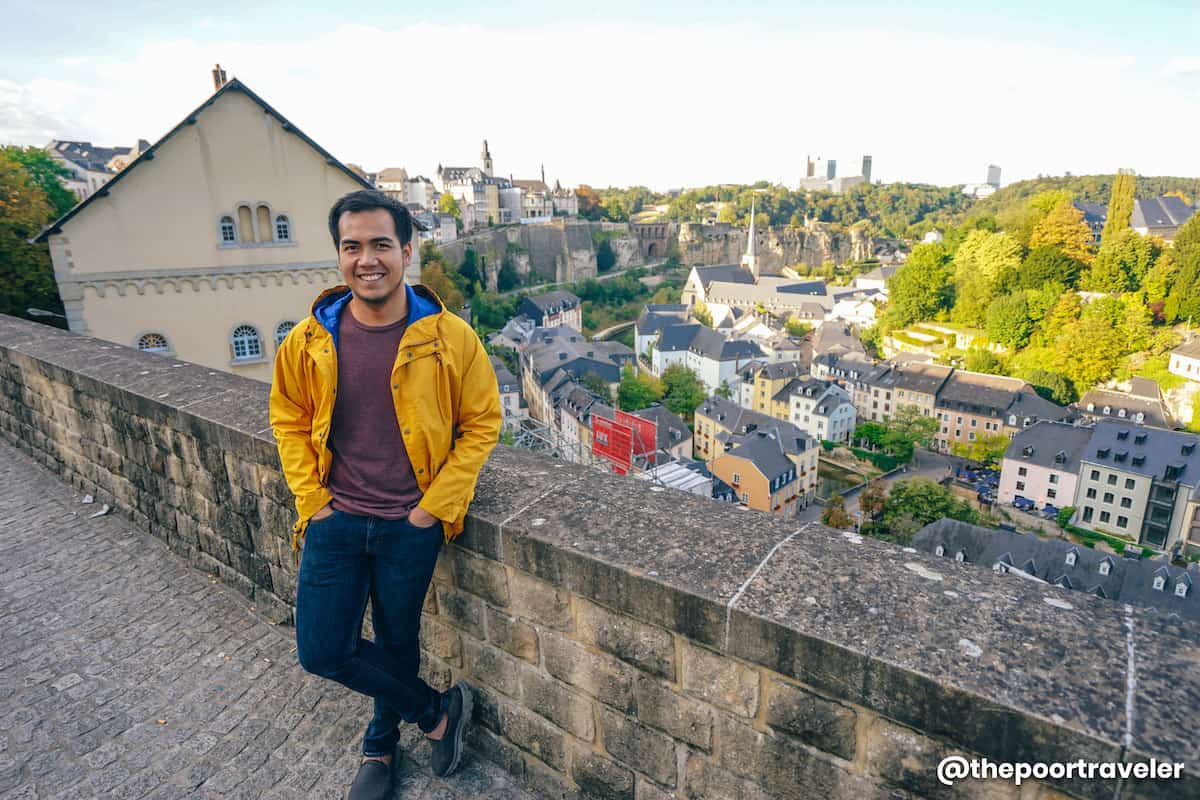
One of the countries sharing borders with Belgium is Luxembourg. It is one of Europe’s smallest sovereign states but it is one of the world’s wealthiest countries. Its capital is Luxembourg City, with an old town that is inscribed on the UNESCO World Heritage list.
You can easily explore the city and its important landmarks on foot, either on your own or joining a guided walking tour. The usual starting point for the walking tour is the Luxembourg Central Railway Station.
Popular Attractions: Passerelle, Notre Dame Cathedral, Place de la Constitution, Pont Adolphe, Pétrusse Casemates, Place D’Armes, Palace of the Grand Dukes, Tours Vauban, Pfaffenthal Lift, Casemates du Bock, Chemin de la Corniche, and the Grund
Getting There: From Brussels Midi (South) Station or Central Station, there are direct train routes to Leuven Station, but they are not frequent. Usually, you need to change trains at Arlon going to Luxembourg. The travel time is about three hours.
Amsterdam
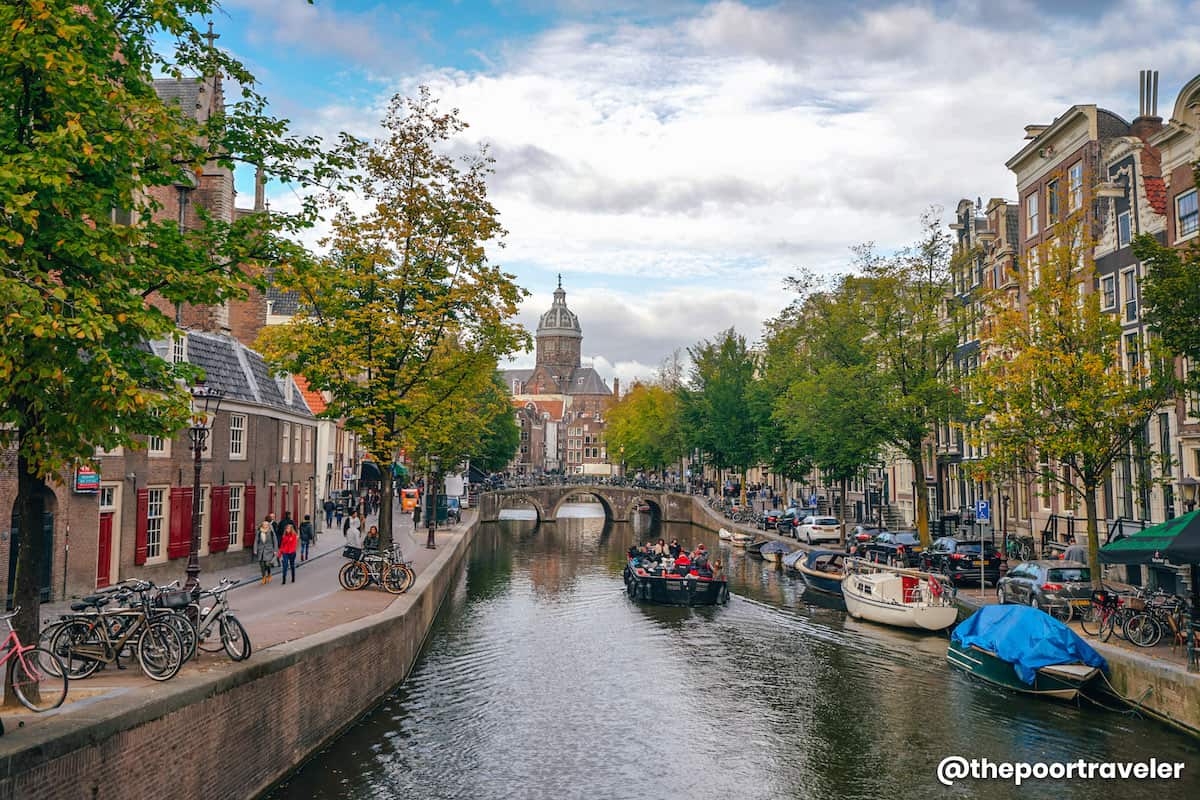
The Netherlands is another country sharing borders with Belgium. Its capital city is Amsterdam, famous for its sophisticated canal system whose three main canals branch out to over 100 kilometers of smaller canals, more or less 90 islands, and over a thousand bridges.
Aside from these historic canals, the city is also popular for its Museum District hosting Rijksmuseum, Stedelijk, and Van Gogh Museum, among others. Amsterdam is also the birthplace of Anne Frank, Rembrandt, Spinoza, and Van Gogh. The whole city is bicycle-friendly.
Popular Attractions: Dam Square, Museum District (and the museums within it), Royal Concertgebouw, Royal Palace of Amsterdam, Anne Frank House, Heineken Brewery Experience, Melkweg, Vondelpark, De Wallen, Oude Kerk, and the historic canals
Getting There: From Brussels Midi (South) Station, there are direct train routes to Amsterdam Central Station offered by high-speed train (Thalys), but this option is expensive. If you are on a budget, you can take a regular train with a transfer stop at Rotterdam Central Station to change trains to Amsterdam Central Station. The travel time is about three hours by regular trains and about two hours by high-speed trains.
Maastricht
Situated near the southern tip of the Netherlands is Maastricht, the capital of Limburg Province. The city evolved from being a Roman settlement to a Medieval religious hub to a garrison town to an industrial city to what it is today — a cultural hub. It is no wonder it is part of the Most Ancient European Towns Network.
The whole city center is a protected zone as it is peppered with over 1600 national heritage landmarks, drawing throngs of tourists yearly. The city also boasts a large student population in the country, giving the city a lively and youthful vibe.
Popular Attractions: Sint Janskerk, Basilica of St. Servatius, Bonnefanten Art Museum, Fort Sint Pieter Maastricht Underground, Maastricht Caves Zonneberg, Basilica of Our Lady, Meuse River, Mount Saint Peter, Vrijthof Square, Onze Lieve Vrouweplein, Markt, and museums
Getting There: From Brussels Midi (South) Station or Central Station, there are no direct train routes to Maastricht. You need to change trains at Liège-Guillemins Station going to Maastricht. The travel time is about two hours.
Rotterdam
Rotterdam is the second-largest city in the Netherlands. Its roots can be traced back to the construction of a dam in Rotte. The largest seaport in Europe, it has allowed the trade and logistics industries to flourish and become the major economic drivers of the city. The city is known for its maritime culture and the scenic riverside setting.
It is also popular among the academe, attracting students from around the world and accounting for the significant number of foreign nationals in the city. And of course, the most visible attractions are the modern architectures that sprung after World War II.
Popular Attractions: Maritime Museum, Pilgrim Fathers Church, the Delshaven neighborhood and its canalside shops, Lawrence Church, Euromast, the Cube Houses, Rotterdam City Hall, and Markthal
Getting There: From Brussels Midi (South) Station, there are direct train routes to Rotterdam Central Station. From both Brussels Midi and Brussels Central, there are also routes that require a stop at Breda to transfer to another train bound for Rotterdam Central. The travel time is about an hour and a half to two hours.
Hasselt
Lying several kilometers west of Brussels is Hasselt, the capital and largest city of Belgium’s Limburg Province. Yep, there are two provinces named Limburg: one in the Belgian region of Flanders and the other in the Netherlands.
The streets of Hasselt’s old town are mostly pedestrian-only zones and dotted with historical landmarks. The city is bustling with shopping streets, restaurants, malls, and parks. You can explore on foot or by riding a bicycle.
Popular Attractions: Herkenrode Abbey, Japanese Garden, Virga Jesse Basilica, St. Quentin’s Cathedral, Grand Place, Nationaal Jenevermuseum Hasselt, Demerstraat and Koning Albertstraat shopping streets
Getting There: From Brussels Midi (South) Station or Central Station, there are direct train routes to Hasselt. The travel time is about an hour.
Tournai
Tournai is situated southwest of Brussels in the province of Hainaut of the Walloon region, near the borders with France.
As one of the oldest cities in Belgium, Tournai hosts significant cultural landmarks and sites. The most prominent landmark is the Notre Dame de Tournai, a UNESCO World Heritage Site. It features the oldest belfry in Belgium, towers, a rose window, and a 12th-century reliquary.
Popular Attractions: Grand Place, Notre Dame de Tournai, Pont des Trous (Scheldt Bridge), St. Quentin’s Church, Red Fort Tower, Barre-St-Brice Street old houses, old city gates, and museums
Getting There: From Brussels Central Station, there are direct train routes to Tournai (Doornik) Station. If you are coming from Brussels Midi (South) Station, you need to change trains at Mons Station going to Tournai Station. The travel duration is about an hour and a half.
Ypres
Ypres (or Leper) in West Flanders province lies southwest of Brussels. The town is most notable in history during World War I, particularly the series of battles in the Ypres Salient where many lives were lost.
Today, its map is marked with war museums, cemeteries, and memorials built in honor of those who perished in the war. It has become a sacred pilgrimage destination for British people who would like to pay tribute to their fallen soldiers.
Although a lot of ancient structures were destroyed during the war, reconstruction projects were able to save some of the most significant landmarks and sites. Two of them are the Saint Martin Cathedral and the Cloth Hall.
Popular Attractions: Grote Markt, Cloth Hall, Saint Martin’s Cathedral, Menin Gate Memorial to the Missing, the war graves, and St. George’s Memorial Church
Getting There: From Brussels Midi (South) Station or Central Station, direct train routes to Ypres are infrequent. Usually, you need to make one or two train changes to get to Ypres Station. The travel time is about two hours.
Namur
Located southeast of Brussels, Namur is the capital of both the Namur province and the Wallonia region.
The Old Town center is most notable for its ancient Citadel, dating back to the Middle Ages and featuring seven-kilometer subterranean tunnels, golden turtle statue, gardens, and spectacular views of the city. The sights along Sambre and Meuse Rivers offer a beautiful tableau of the riverside settlement.
Popular Attractions: Old Town, Citadel, Felicien Rops Museum, St. Loup Church, St. Aubin’s Cathedral, Musée des Arts Anciens, and the Walloon Parliament
Getting There: From Brussels Midi (South) Station, Central Station, or Brussels-Luxembourg Station, there are direct train routes to Namur. The travel time is about an hour.
Cologne
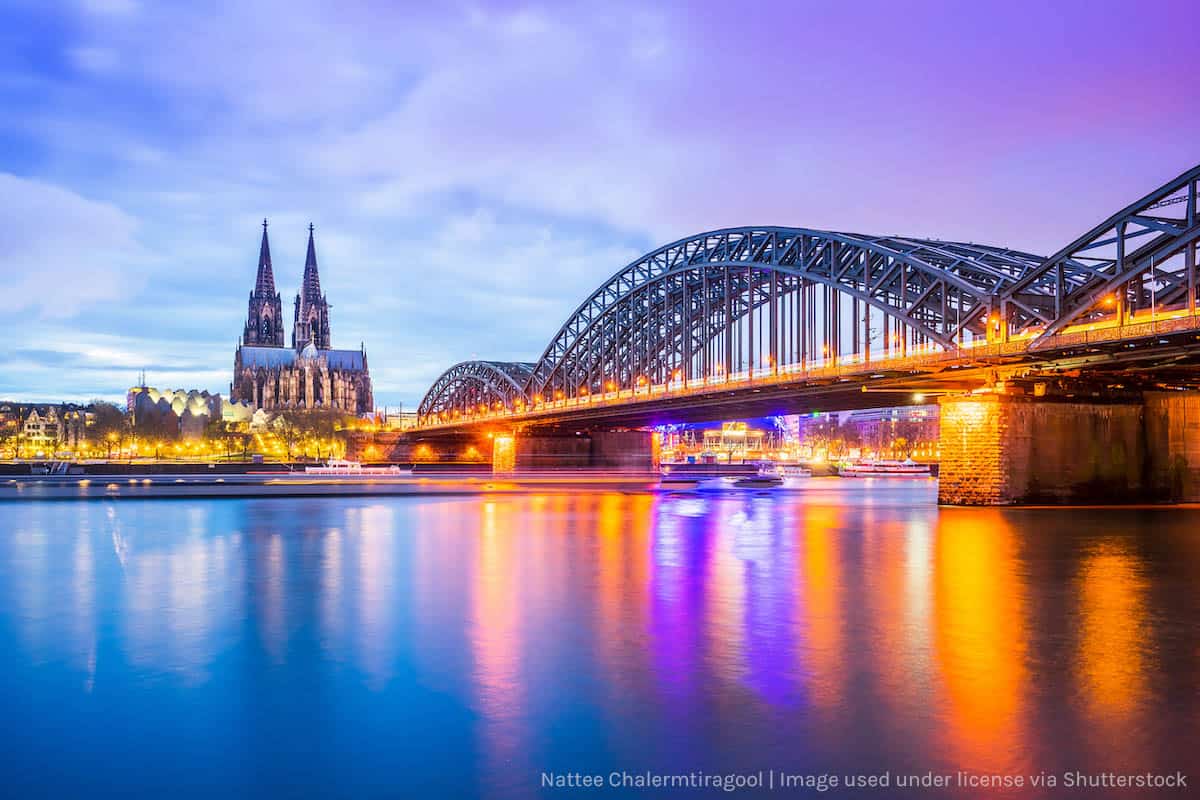
Cologne is one of the largest cities in Germany and one of the oldest too — over 2000 years old! The whole city straddles the Rhine River, dividing the city into east and west. The Old Town center is situated near the river banks.
Considering its long history, it is considered a key cultural center in the region, littered with museums, galleries, and cultural heritage sites. Most of the historical sites were reconstructions of the original structures that were destroyed during World War II. Nonetheless, they are still regarded as important cultural gems.
Popular Attractions: Rhine River, Cologne Cathedral, the Old Town and its twelve Romanesque churches, Cologne City Hall, Gürzenich, Overstolzenhaus, three (of the twelve) existing medieval gates, Rhine bridges, shopping streets (Schildergasse, High Street, Ehrenstraße), Cologne Tower, KölnTriangle, Museum Ludwig, and other museums
Getting There: From Brussels Nord (North) Station or Brussels Midi (South) Station, there are direct train routes to Cologne Central Station (Koln Hbf); otherwise, you can take the route with train transfers. The travel duration is two to three hours, depending on the route and type of train.
Monschau
Situated on the hilly portion of west Germany within the North Eifel Nature Park near the border with Belgium, the town is a favorite summer destination of both local and foreign visitors, especially those who are into adrenaline-pumping activities like white water rafting and canoeing.
If you want relaxing sightseeing, the medieval town center with its narrow cobbled streets and centuries-old half-timbered houses will transport you back to the Middle Ages.
Popular Attractions: Roer Riverside Settlement, Old Town, Monschau Castle, Red House, North Eifel Nature Park, Caffee Roasting Wilhelm Maassen, Brewery Museum Felsenkeller, House Troistorff, Protestant Stadtkirche Monschau, and St. Mariä Geburt Parish Church
Getting There: From Brussels Central Station or Brussels Nord (North) Station, take a train to either Eupen or Aachen (both are in Germany). From either of the two, take a bus to Monschau. The travel duration is about three hours.
Paris
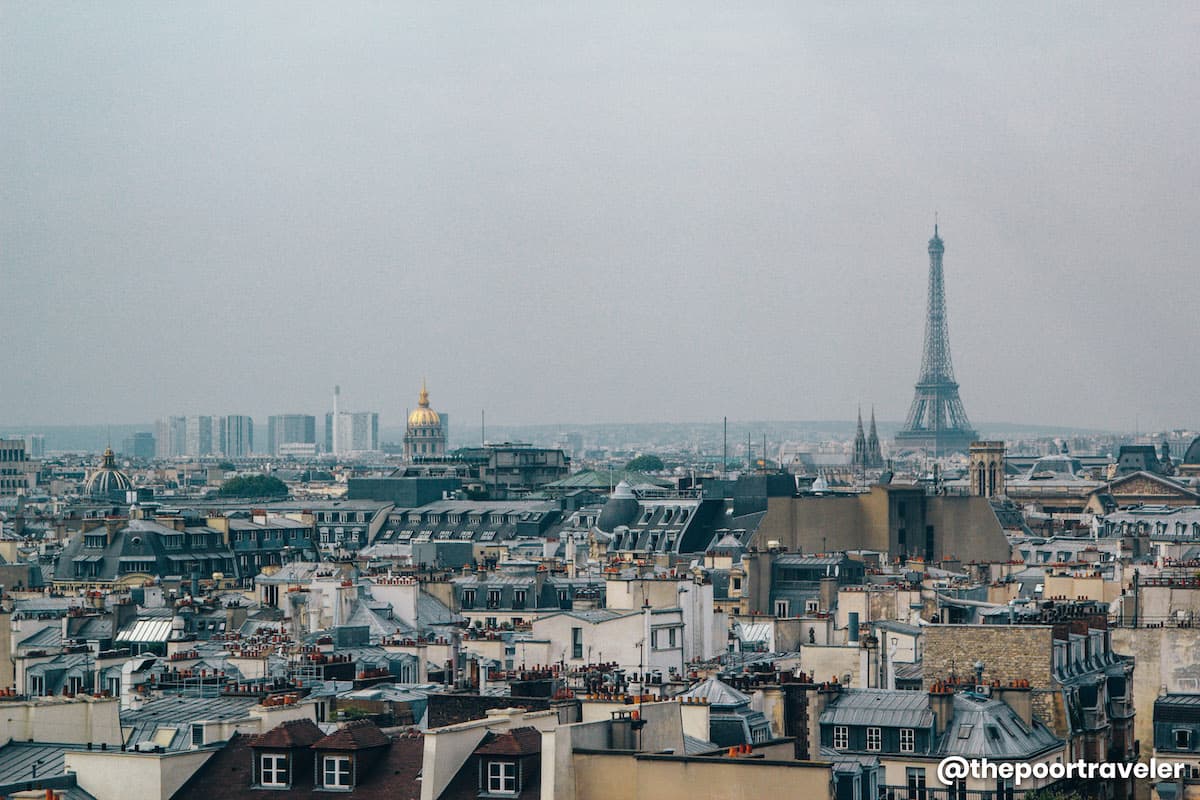
Ah, Paris. Where to start? Well, the French capital is roughly four hours away from Brussels but it’s very possible to visit on a day trip.
One of the most visited cities in the world, Paris is brimming with wonders for any type of traveler. The city cradles old and modern structures, green spaces and bustling streets, museums and theme parks, regular dining places and Michelin-starred restaurants, and serene cafés and pulsating night clubs and bars.
One day is simply not enough, but if that’s the only time you need, it will still be worth the time and effort.
Popular Attractions: Louvre, Eiffel Tower, Notre Dame Cathedral, Arc de Triomphe, Montparnasse Tower, Musée d’Orsay, Sainte-Chapelle, Les Invalides, Place de la Concorde, parks and gardens, museums, and many others
Getting There: From Brussels Midi (South) Station, take a train to Paris. There are regular trains and high-speed trains (Thalys). The high-speed trains offer direct routes while the regular trains require multiple train transfers and longer hours. The duration of the trip is 1.5 hours by high-speed train and 3-7 hours by regular trains.
✅ MORE INFO: PARIS TRAVEL GUIDE!
Top Hotels & Apartments in Brussels

- B&B Be In Brussels. Check Rates & Photos! ✅
- B&B X2Brussels. Check Rates & Photos! ✅
- B&B Villa 36. Check Rates & Photos! ✅
- Pillows City Hotel Brussels Centre. Check Rates & Photos! ✅
- Pillows Grand Boutique Hotel Place Rouppe Brussels. Check Rates & Photos! ✅
- EU Guesthouse. Check Rates & Photos! ✅
- 9HOTEL CENTRAL. Check Rates & Photos! ✅
Search for more Brussels Hotels!
Edited by Asta Alvarez
2021 • 4 • 25
